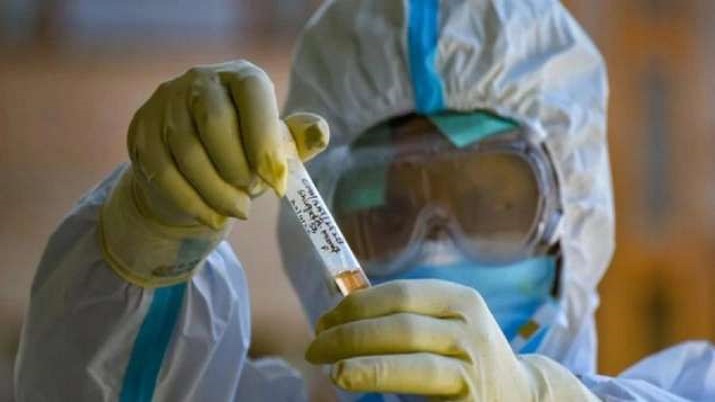
Beginning of the end? Omicron studies reveal potential good news

Cases of the Omicron variant are soaring, but the number of severe cases and hospitalisations are not, indicating a less worrying chapter of the COVID-19 pandemic, new studies indicate.
Omicron was discovered in South Africa just over a month ago, and experts believe there is still plenty of time for the situation to change. But data suggest that a combination of widespread immunity and numerous mutations have resulted in a virus that causes far less severe disease than previous variants.
According to news agency Bloomberg, one South African study found that patients admitted to hospital there during the Omicron-dominated fourth wave were 73 per cent less likely to have severe disease than patients admitted during the Delta-dominated third wave.
“The data is quite solid now that hospitalisations and cases are decoupled,” Wendy Burgers, an immunologist at the University of Cape Town, told the agency.
Several factors appear to have made the Omicron variant less virulent than previous waves of COVID. One is the virus’ ability to infect the lungs.
Five separate studies in the past week suggested that the variant does not infect the lungs as easily as previous variants. In one study, released as an online pre-print by a consortium of Japanese and American scientists, hamsters and mice infected with Omicron experienced far less lung damage and were less likely to die than those infected with previous variants. Another study out of Belgium found similar outcomes in Syrian hamsters.
In Hong Kong, scientists studied a small number lung tissue samples from patients collected during surgery and found that Omicron grew more slowly in those samples than other variants did.
Burgers said this change in virulence likely has to do with how the virus’s anatomy changed.
“It used to use two different pathways to get into cells, and now because of all the changes to the spike protein, it’s preferring one of those pathways,” she said.
“It seems to prefer to infect the upper respiratory tract rather than the lungs.”
This, Burgers said, could mean less severe infection, but also more transmissibility as the virus replicates more often in the upper respiratory tract, from which it can more easily spread.


